No products in the basket.
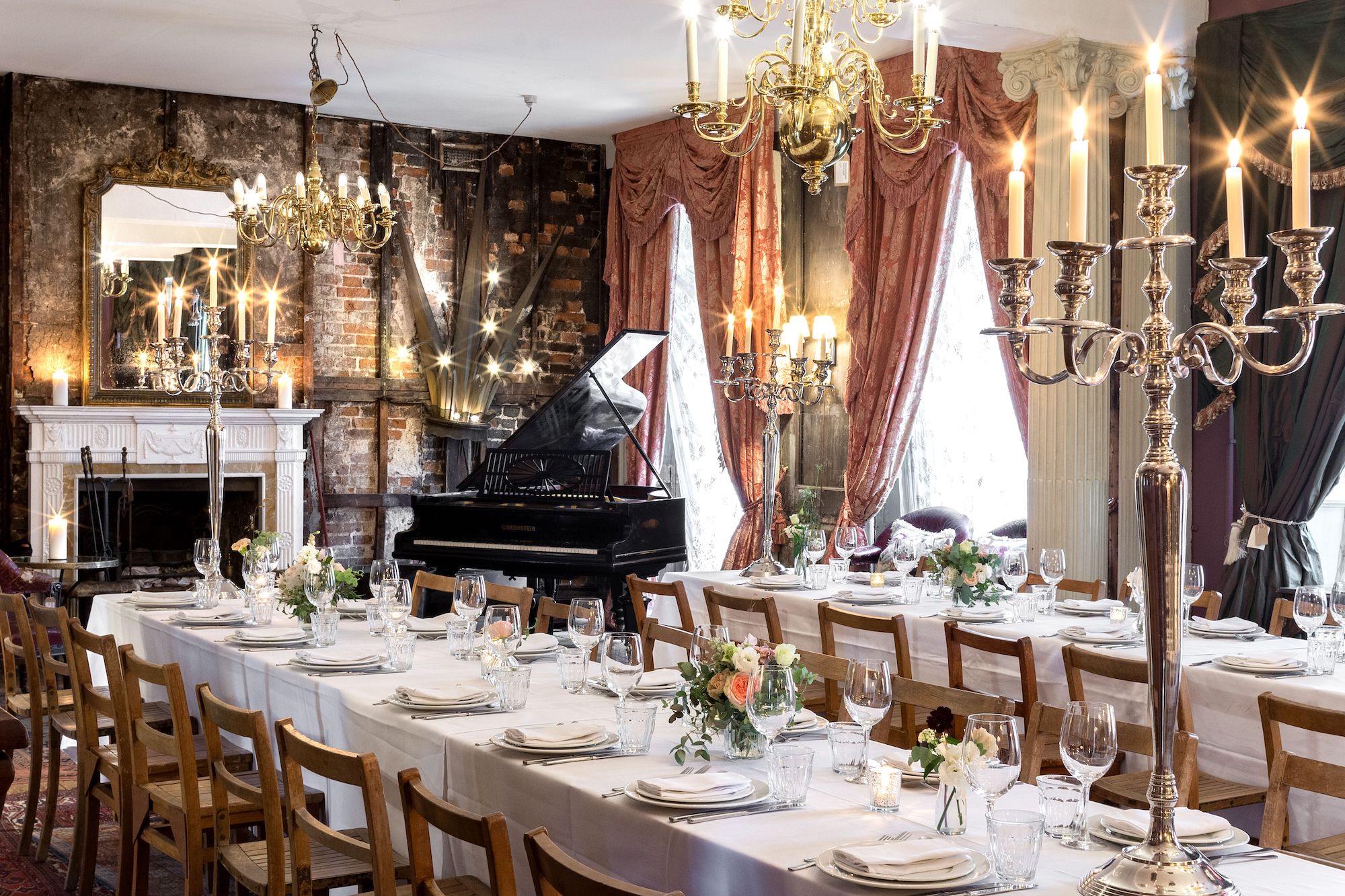
LASSCO Brunswick House
Brunswick House in central London contains a mixture of fine furniture, antiques, statuary and decorative ornaments, venue hire opportunities and renowned restaurant.
Opening hours:
LASSCO BRUNSWICK HOUSE
Usual Opening Hours: Monday to Friday, 9am to 5.30pm
VENUE HIRE
To hire all or part of Brunswick House for a future event speak to our events team by email, call or visit our venues website.
BRUNSWICK HOUSE RESTAURANT
Monday, Closed
Tuesday, 5pm to 11pm
Wednesday to Sunday, Open as usual
Please contact Brunswick House Restaurant in order to book a table.
Get in touch:
Tel: +44 (0) 20 7394 2100Email: brunswick@lassco.co.uk
Have an item to sell? Let us know
LASSCO Brunswick House Stock
-
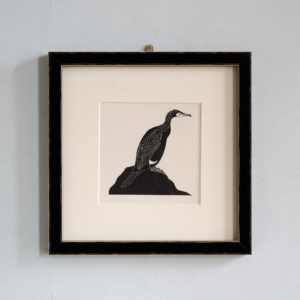
Woodcuts by Eric Fitch Dalglish
£150 eachWoodcuts by Eric Fitch Dalglish
Eric Fitch Dalglish was a wood-engraver, painter, draughtsman, author, illustrator and naturalist. Born in London, he studied at university both in London and Bonn, Germany and after WWI was taught engraving by Paul Nash. He exhibited at the Redfern Gallery, with the Society of Wood Engravers, of which he was a member, and the New English Art Club. Examples of his work are held by the British Museum, V&A Museum, Manchester City Art Gallery, and British Council Collection.£150 each -
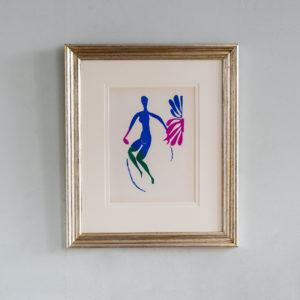
Henri Matisse, Nu Bleu V
£1,750 eachHenri Matisse, Nu Bleu V
The foreword states: 'This double number of Verve is entirely dedicated to the last works of Matisse - 1950-1954. Reproduced in colour lithography, these works have been realised by the artist with papers coloured in gouache, cut with scissors and pasted. They are shown here with drawings executed at the same time or during the preceding period. Matisse composed the cover specially for this volume. These first lithographic plates were printed during the year 1954 under his direction. The printing of the lithographs in colour by Mourlot Frères and that of the photogravure reproductions and the typography by the master printers Draeger Frères, was completed in Paris on the 28th day of July 1958.'£1,750 each -
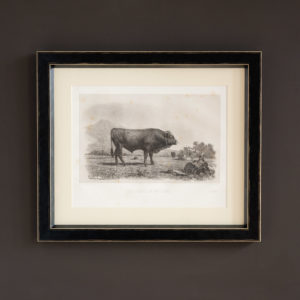
Original lithographs of Cattle Breeds published 1862, ‘Taureau D’Aubrac’,
£300 eachOriginal lithographs of Cattle Breeds published 1862, ‘Taureau D’Aubrac’,
Printed by Lemercier of Paris.£300 each -
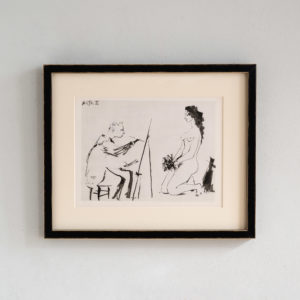
Picasso, Verve 1954
£295Picasso, Verve 1954
Original héliogravure print from Verve Vol. VIII, No 29/30 printed by the Master Printers Draeger Frères in 1954. Framed in black with a cream mount.£295


